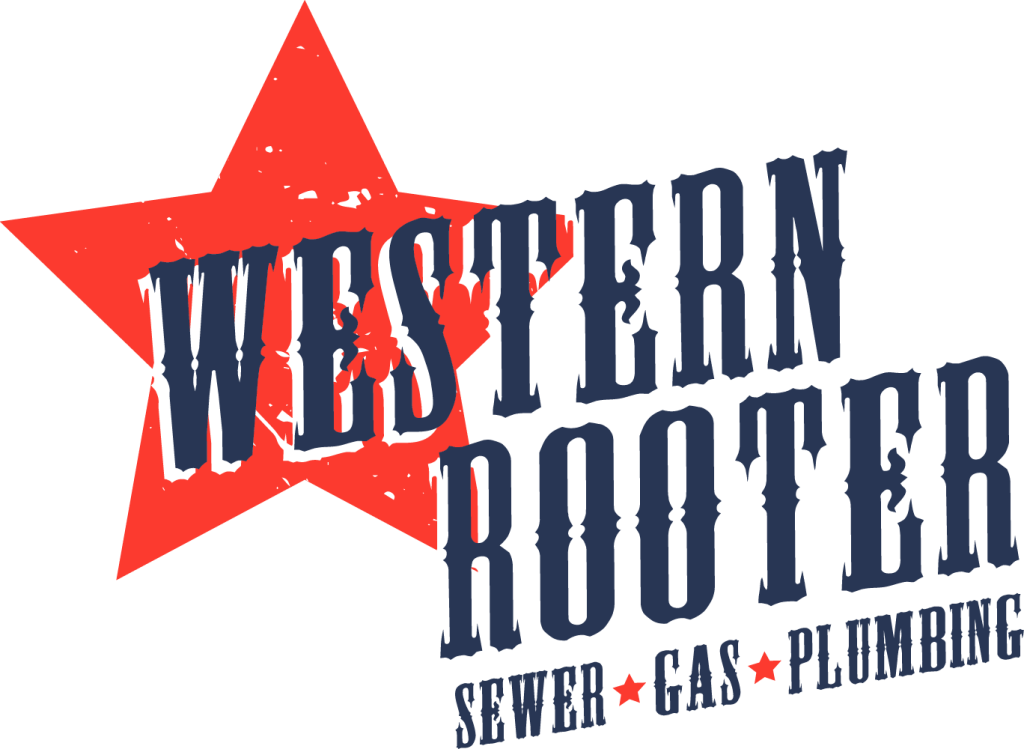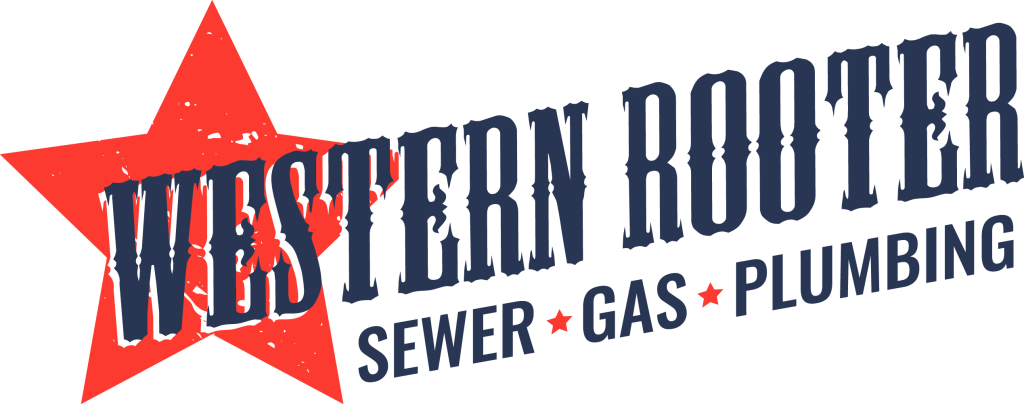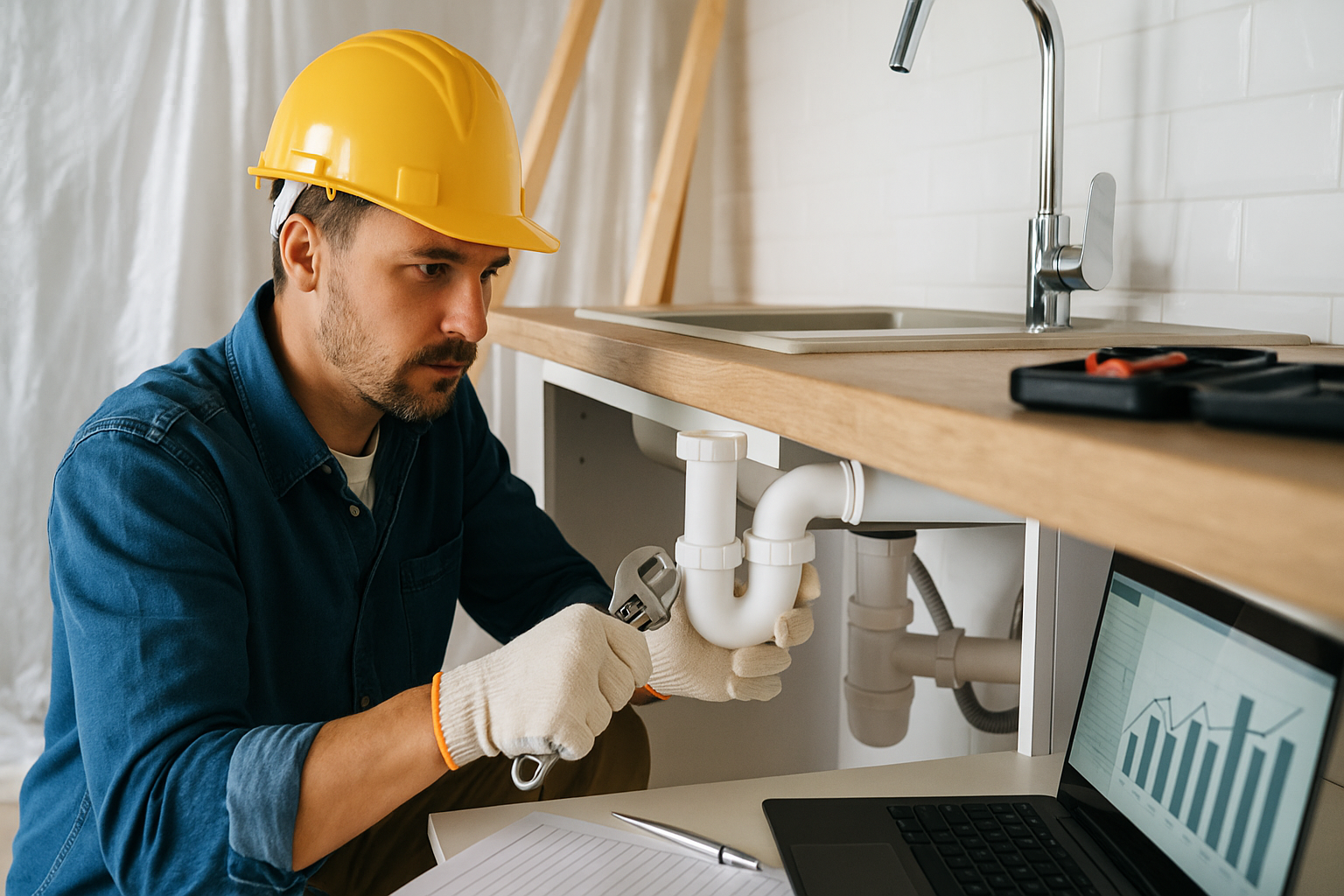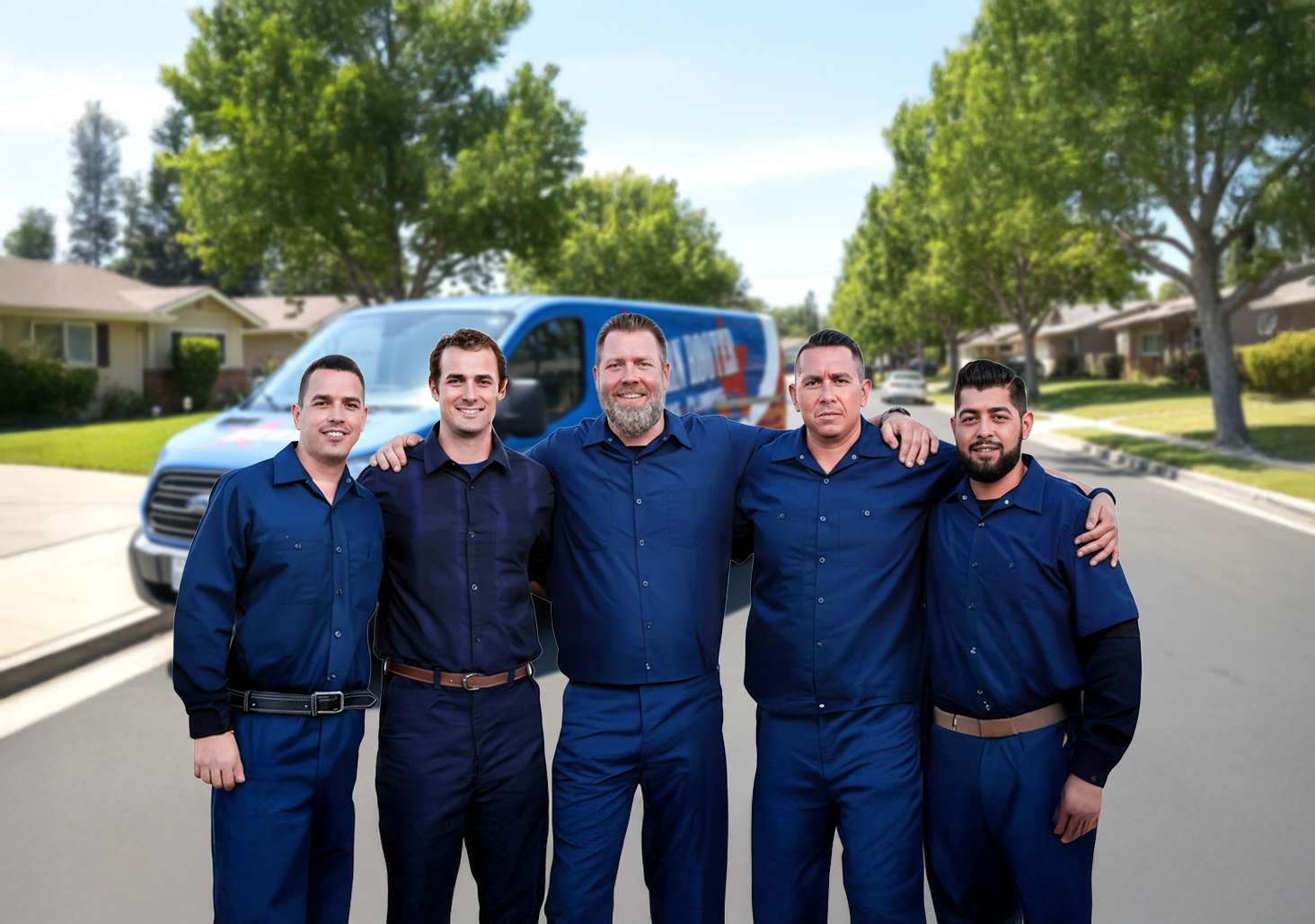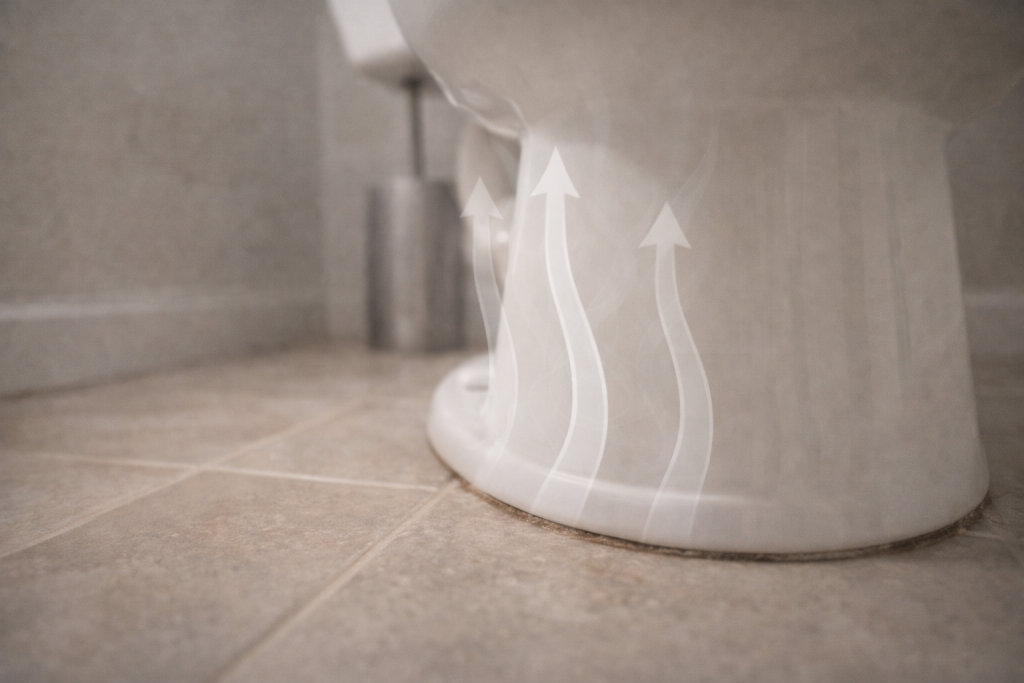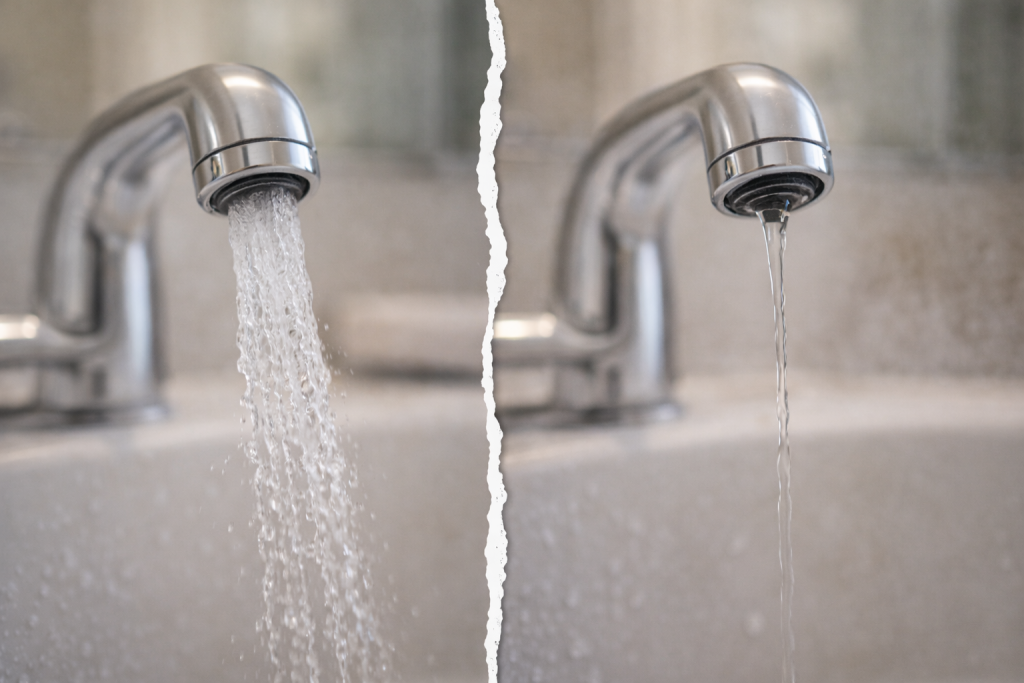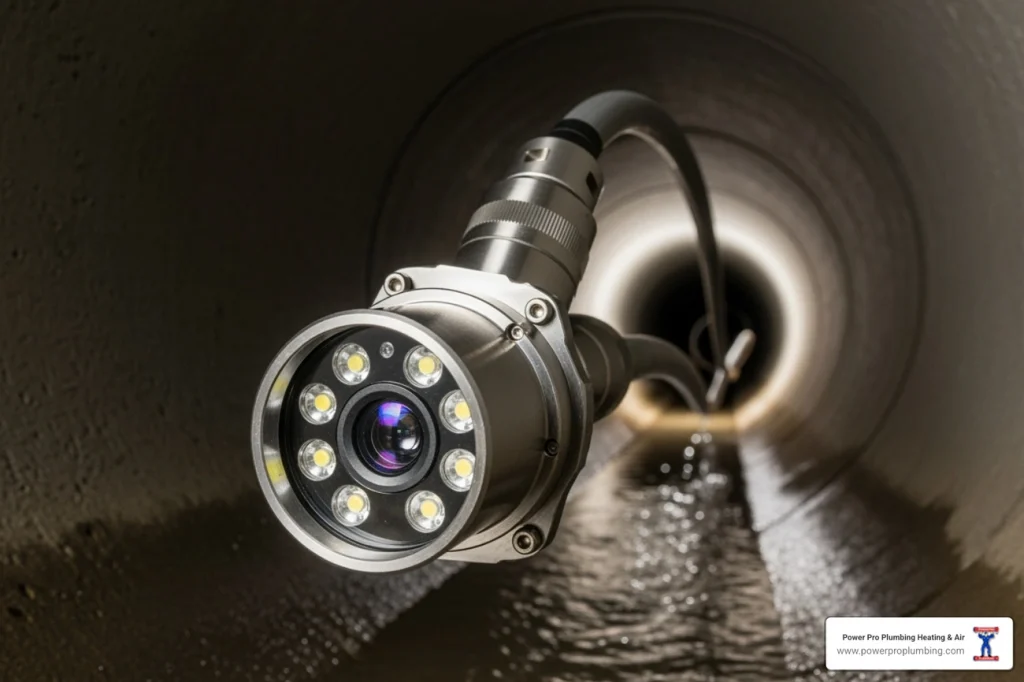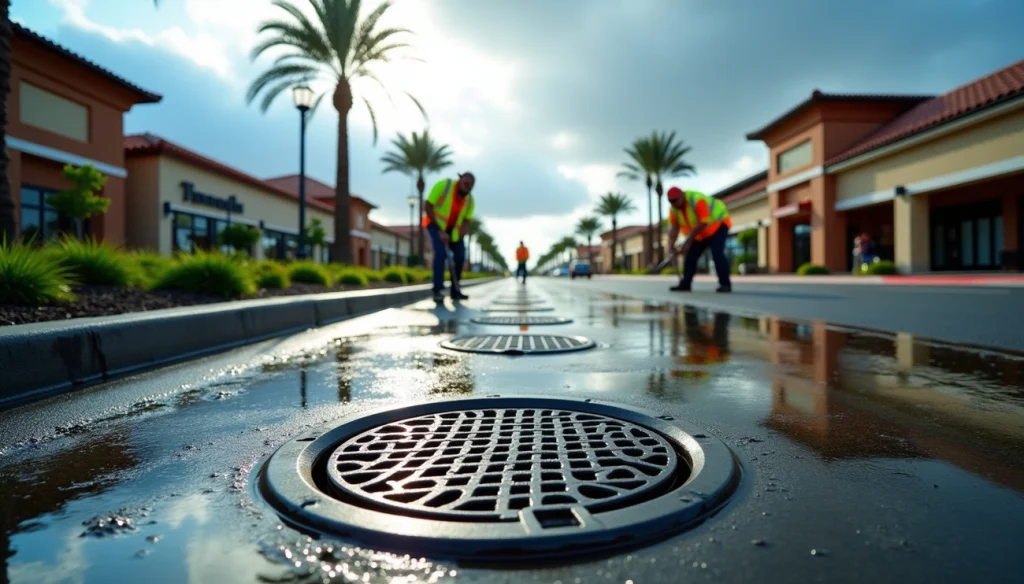Most people don’t realize that proper plumbing protection systems can prevent 90% of plumbing problems during remodels.
Your project’s timeline and budget could spiral out of control due to damaged pipes and fixtures during renovations. Licensed plumbers charge $45 to $200 per hour, which makes prevention much cheaper than emergency repairs. Protecting existing systems is a vital part of planning your plumbing remodel to avoid unexpected issues.
Heavy construction work can disrupt underground pipes and create unexpected breaks and leaks during plumbing renovations. The ideal water pressure range of 40-60 psi helps prevent clogs and leaks while work continues. Your plumbing system’s proper protection ensures its longevity and prevents system failures that could disrupt your daily routine.
This piece outlines the steps to protect plumbing during your home renovation project. We’ll cover everything from pre-renovation inspections to post-project testing, so your remodeling stays smooth and trouble-free.
Evaluate Your Plumbing System Before Renovation
Your home needs a full picture of the plumbing system before demolition starts to protect it from water damage that can get pricey. Plumbing experts say 20% of homeowners face some type of plumbing issue each year. Pre-renovation inspections are vital to your remodeling success.
Review existing plumbing layout
Your home’s plumbing infrastructure serves as the foundation of your plumbing protection system. Start by finding and documenting where all water supply lines, drain pipes, and vents are in your renovation area. This map helps you avoid damage during demolition and construction.
You should think over the layout if you plan to move fixtures. Experts suggest putting washrooms, laundries, or kitchens close to existing drain lines. This approach offers more economical solutions than installing completely new systems. Your existing washroom on the main or second floor can serve as a reference point to allocate proper space for new plumbing fixtures.
Basement renovations work best with placement near the front wall. This lets drains flow naturally with gravity and eliminates noisy sewage pumps that need regular maintenance. So, smart layout planning before remodeling plumbing saves you time and money.
Inspect for leaks, corrosion, or weak joints
A detailed inspection means scrutinizing all available pipes, fixtures, and plumbing components for potential issues. Plumbing professionals recommend checking:
- Pipes under sinks and behind toilets for moisture, rust, or discoloration
- Joints and connection points for signs of leaking or weakness
- Valves and fixtures for proper functioning
- Exposed plumbing for corrosion, which shows up as discoloration or rusty spots
Older pipes need extra attention. Homes built in the early 1900s usually have narrower pipes than modern construction. A bright flashlight helps you see dark corners while a towel or tissues can detect moisture.
Corrosion poses a significant threat. It slowly eats away metal piping through chemical reactions with water. Watch for discolored water (rusty, brownish, or yellowish), frequent leakage, and dropping water pressure. Finding these issues before renovation stops them from becoming major problems during construction.
Professional inspection can give you the full picture. Plumbers use specialized tools like high-resolution pipe inspection cameras to get into areas you can’t see. This investment usually pays off by preventing unexpected issues mid-project.
Check water pressure and pipe materials
The best water pressure sits between 40-60 psi, though standard regulators allow up to 75 psi. Most building codes call it too high when pressure exceeds 80 psi, which can damage your plumbing system. Pressure below 40 psi might point to why it happens, such as blockages or leaks.
You can test pressure easily with an inexpensive gage attached to an outdoor faucet. Make sure no water runs elsewhere in your home for accurate readings. Homes with a pressure regulator (a bell-shaped device where water enters) can be adjusted to maintain ideal pressure.
Knowing your pipe materials matters just as much. Older galvanized pipes often rust and might need replacement. Newer homes typically use copper and PEX, which last longer. Watch areas where different materials connect since these spots often leak.
Finding issues before renovation starts costs nowhere near as much as emergency repairs mid-project. This detailed evaluation builds the groundwork for protecting your plumbing during remodeling.
Protect Pipes and Fixtures During Construction
You need to assess your plumbing system before starting construction. A good protection system will save you from expensive damage that happens during renovations.
Use pipe guards, wraps, and stud plates
Your pipes need multiple layers of defense against accidental damage. Pipe guards and plastic sleeves shield both plastic and copper pipes from corrosive elements and physical damage. These guards work great in concrete-slab construction. Color-coding options (red for hot water piping and blue for cold water) make identification easier.
Durable galvanized steel stud guards and FHA plates are vital protection where pipes pass through wall studs. These self-nailing plates stop nails and screws from causing damage during drywall installation. You should install them on rough studs before placing drywall to create a barrier that prevents leaks and water damage.
Pipe wrap tapes create a protective barrier when pipes pass through concrete or metal. Foam wraps give extra protection to drainage pipes during concrete or cement board installation. This helps maintain pipe integrity throughout construction.
Cover exposed fixtures like sinks and tubs
Your fixtures need extra care during remodeling projects. Semi-flexible plastic bath tub protectors shield against scratches and dents during construction. These become even more important if you install tubs before surrounding walls.
Heavy-duty plastic or fabric covers secured with tape protect sinks, urinals, and other fixtures from dust and debris. You should check these protective covers regularly to make sure they still work.
A fresh coat of paint on exposed pipes looks better and stops corrosion. This simple step extends their lifespan – something many people forget about.
Install insulation in cold-prone areas
Attics and crawl spaces need extra protection from freezing temperatures. Heat tape works well when wrapped around pipes in exposed areas. It keeps the temperature regulated and stops pipes from freezing.
Pipe insulation sleeves or tape easily protect vulnerable sections from extreme temperatures and impacts. This insulation becomes critical in cold climates where frozen pipes can disrupt water supply and lead to expensive repairs.
Secure pipes to prevent vibration damage
Your exposed pipes need proper securing. Construction creates vibrations that can move pipes and cause leaks or cracks. Loose pipes might corrode or leak just from vibration.
To reduce vibration damage:
- Anchor pipes tightly to prevent swaying during building
- Use pipe clamps or heavy-duty tape to secure exposed pipes
- Add extra support at connection points where movement is most likely to occur
The main goal is to keep pipes from moving while protecting them from temperature or pressure changes. Plastic sheeting (minimum 6 mils thickness) keeps dust and debris away. When using multiple sheets, overlap seams by at least 12 inches and seal them tightly with duct tape to create an airtight barrier.
Check protected pipes daily for cracks or leaks from ongoing vibrations. Quick fixes prevent serious problems from developing behind walls.
Plan for Temporary Water Access and Bypass
You need water access throughout your renovation for construction work and daily household tasks. A good temporary water setup will give a functional home even when plumbing work is in progress.
Shut off water supply strategically
Smart water shutoffs reduce disruption during plumbing renovations. Single room projects work better with individual fixture shut-off valves instead of cutting water to your whole home. This lets you work on specific areas while water flows normally everywhere else.
Make sure to finish cooking and bathing before any shutoff. Let everyone at home know about planned interruptions to avoid surprises. The best time to schedule renovation work that needs water shutoffs is during off-peak hours.
Your main shutoff valve location becomes crucial for bigger plumbing jobs. Quick access helps you handle unexpected problems during renovation. Once you finish work that needed water shutoff, check really carefully for leaks before turning the supply back on.
Set up bypass systems for essential areas
Bypass plumbing offers a clever way to keep water flowing during renovations. You can isolate parts of your system with three ball valves that redirect water around your work area.
A bypass gives you several benefits:
- You can maintain filters or fixtures without shutting down all water
- Water keeps flowing to important areas during repairs
- Your water treatment systems last longer
Place your bypass upstream from the work area and before your water heater. This keeps both hot and cold lines working. Test both normal and bypass modes after installation to make sure everything works right.
Use portable sinks or water tanks if needed
Portable sinks work great as temporary fixes when regular plumbing isn’t available during renovation. These units come with fresh water tanks, waste containers, and pumps that give you running water.
These sinks work just like regular ones but you can put them anywhere inside or outside, depending on what model you have. Since they don’t need plumbing connections, they’re perfect for kitchen remodels where you need to keep things clean.
A pressure tank system provides reliable temporary water in rural construction sites without city water. These setups usually have a pressure tank, well pump, and controls. You can run them with a generator if you don’t have power yet.
Big renovation projects might need temporary water tanks to supply critical areas and keep things running smoothly. You can also set up portable restrooms and emergency drainage when you’re working on waste management areas.
Planning your water access ahead of renovation helps you avoid delays that can get pricey and keeps your household running while plumbing work continues.
Work with Licensed Professionals
Professional plumbers play a vital role in protecting your plumbing system during renovations. Plumbing work demands specialized expertise to avoid getting into costly mistakes, unlike other DIY home projects.
Get expert assessment before starting
Professional plumbers are a great way to get expertise for your renovation project through complete assessments. These experts spot potential issues that might stay hidden until they become major problems. Professional plumbers use specialized tools like high-resolution pipe inspection cameras to check areas not available during visual inspections.
Professional plumbers also provide:
- Knowledge of efficient water usage systems
- Prevention of common pitfalls like inadequate water pressure
- Quick diagnosis of hidden plumbing challenges using advanced techniques
- Protection from water contamination and gas leaks
Your design needs proper water and waste disposal systems. Licensed plumbers can help you from the start to prevent compromised functionality in your newly renovated home.
Ensure code compliance and permits
Local authorities need permits before any plumbing work starts. This requirement applies to new structures and modifications to existing plumbing systems. These permits make sure your renovation project follows local building codes, zoning regulations, and safety standards.
Missing required permits leads to serious problems:
- Legal problems and fines
- Complications with insurance claims
- Decreased home value
- Potential obstacles when selling your property
The permit process needs detailed plans of your proposed renovations, application fees, and plan reviews for approval. Licensed plumbers know these requirements and can direct the permitting process quickly.
Budget for unexpected plumbing issues
Hidden issues often surface during renovations. Your budget should include a contingency fund—typically 10-20% of the total estimated cost to avoid financial surprises.
This extra cushion helps cover unexpected costs such as:
- Corroded pipes requiring replacement
- Outdated systems needing complete overhaul
- Structural problems found during demolition
- Additional labor costs for complex installations
Fixed-price contracts that include contingencies for additional work help ensure unexpected expenses are factored in ahead of time.
Test and Inspect After Renovation
Your plumbing protection system needs complete testing after renovation work. A post-renovation inspection helps spot problems from construction and saves you from repairs that can get pricey.
Conduct pressure and leak tests
Water pressure testing should be your top priority after finishing renovations. A system works correctly when pressure stays between 40-60 PSI. Readings outside this range point to issues – high pressure wears pipes faster, while low pressure suggests clogs or leaks.
Hydrostatic testing is the quickest way to find leaks in your new plumbing system:
- A pressure gage measures water pressure for 15-20 minutes in potable water systems
- Test balls create airtight seals as pipes fill with water in drainage systems
- Water levels that drop during testing show leaks that need more investigation
Professionals use cameras to check about 70% of your pipes if a test fails, which helps them find exact leak spots.
Check drainage and water flow
Good drainage checks prevent water backup and flooding risks. Your sinks, showers, and toilets should drain right away – fixing slow drains early stops future clogs.
You can test drainage two ways:
- Air tests: These work best for single pipes with airtight plugs at each end, using pressure gages to track changes
- Water drop tests: These give a full picture of complete systems, with good results showing less than 25mm drop in 10 minutes
Basement renovations need extra attention – check if the ground slopes away from your house to keep water out.
Document changes for future maintenance
Good records of plumbing changes are a great way to get help with future inspections, repairs, or home sales. Keep track of:
- New pipe locations and materials
- Fixture specs
- Valve positions
- Pressure test results
These records help you get final approval from plumbing inspectors. Note that all work needing plumbing permits must pass official inspection before completion.
Conclusion
Protecting your plumbing system during renovations will save you time, money, and stress. This piece explores the most important strategies to safeguard your home’s vital water infrastructure – from pre-renovation evaluations to post-project testing.
A detailed inspection before demolition helps identify weak spots in your existing system. This proactive approach prevents repairs from getting pricey once walls are opened and floors are removed. Pipe guards, fixture covers, and proper insulation become your first line of defense against accidental damage during construction.
Smart water management plays a key role during your remodel. Well-planned shutoff schedules and temporary bypass systems help your household maintain water access while work moves forward. Portable solutions also provide convenient alternatives when regular plumbing becomes temporarily unavailable.
Professional plumbers are a great way to get expertise for your renovation project. Their knowledge ensures proper code compliance, accurate permitting, and skilled handling of unexpected challenges. Hiring experts might seem expensive at first, but their work prevents costly fixes and potential legal issues later.
Post-renovation testing acts as your final defense against future problems. Pressure tests, drainage checks, and thorough documentation confirm that all systems work properly before closing walls. This verification process gives you peace of mind that your newly renovated space won’t have hidden plumbing defects.
Your plumbing system stands as one of your home’s most critical components. The right protection during renovations ensures its reliability and functionality for years ahead. With proper planning, the right precautions, and professional guidance, you can direct your remodeling project while keeping your plumbing infrastructure intact.
